Pros
Cons
Introduction
The DT 770s are a solid pair of headphones with good sound quality and average isolation for over-ears. We had some issues with fit, like with other Beyerdynamic headphones. Try them on for a few hours before your warranty lapses.
The DT 770s are available for $285 via Beyerdynamic's website.
Product Overview
{{section_header}}{{section.name}}{{/section_header}}
The DT 770s are a pair of over-ears with a ridiculously long cord. The ear cups are attached to a metal slat, which allows them to be pulled down and away from the band. The ear cups can also tilt back and forth, but don't swivel. The ear cups are connected to each other via a cable that extends from their tops and runs underneath the band's padding.
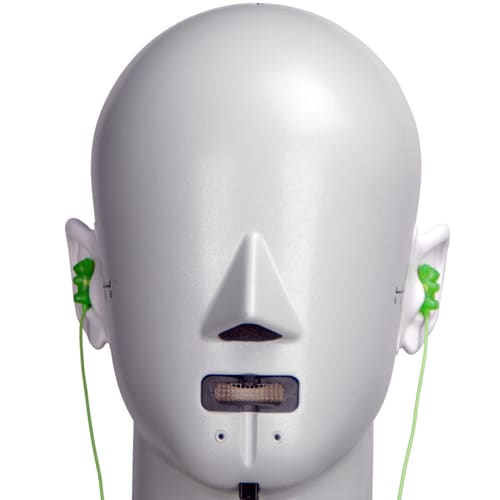
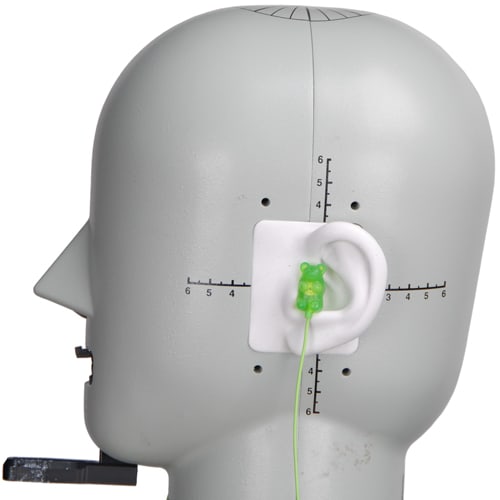
Speakers
{{section_header}}{{section.name}}{{/section_header}}
Sides
{{section_header}}{{section.name}}{{/section_header}}
The DT 770s have a closed-back design, which helps isolation but limits the size of the soundstage.
Back
{{section_header}}{{section.name}}{{/section_header}}
Band
{{section_header}}{{section.name}}{{/section_header}}
The band has some padding, but nowhere near as much as on the ear cups. The ear cup padding is softer than a stuffed animal.
Cable
{{section_header}}{{section.name}}{{/section_header}}
Additional Features
{{section_header}}{{section.name}}{{/section_header}}
In the Box
{{section_header}}{{section.name}}{{/section_header}}
In the DT 770s' box you'll find the headphones, a screw-on 1/4-inch adapter, and a leather carrying case.
Durability
{{section_header}}{{section.name}}{{/section_header}}
The DT 770s seem durable. They have a solid construction and very few moving parts. The cord guards are very good and the cable itself is thick. The headphones use a lot of metal in their design, as opposed to plastic. The closed-back design keeps dust out of the headphones' innards.
We didn't have any complaints about the DT 770s' durability. They're well constructed.
Aesthetics
{{section_header}}{{section.name}}{{/section_header}}
The DT 770s are a bit big, as over-ears. This means they immediately have the potential to make your head seem comically small by comparison. If you're lucky and have a sizable cranium size, then the DT 770s have quite an aesthetic ace up their entirely metaphorical sleeve: MANUFAKTUR. No, we're not overly excited in a way that only caps lock can convey, the name is actually written in all caps. The MANUFAKTUR service will let you customize Beyerdynamic headphones in terms of their impedance, cord style, and coloration. This service is a really nice touch but a lot of the different options are very expensive. We hope Beyerdynamic keeps refining this process, both to add more options and to bring the overall cost down. In any case, MANUFAKTUR is a great feature.
Frequency Response
{{section_header}}{{section.name}}{{/section_header}}
The DT 770s had an average frequency response. On our tests, we saw a good bass response that remains strong up until about the 4kHz mark. There's a bit of a dip at this point. The response is emphasized again from about 7kHz to 10kHz before dropping down again.
The boost in 7-10kHz should give drums a strong attack. Any instrument spanning the 4kHz range might sound a bit odd because of the 10dB drop.
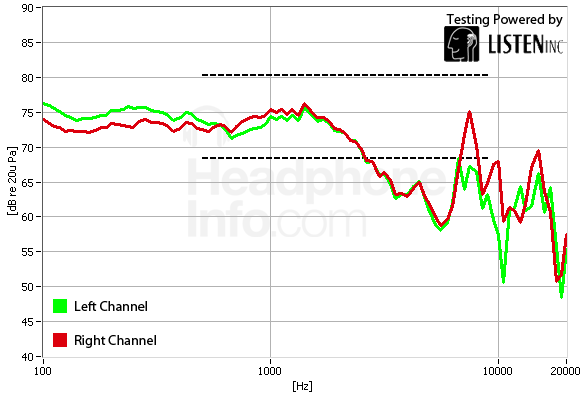
Click here for more information on our frequency response test.
Distortion
{{section_header}}{{section.name}}{{/section_header}}
On our test, the DT 770s barely registered any distortion. These headphones should be great for audiophiles.
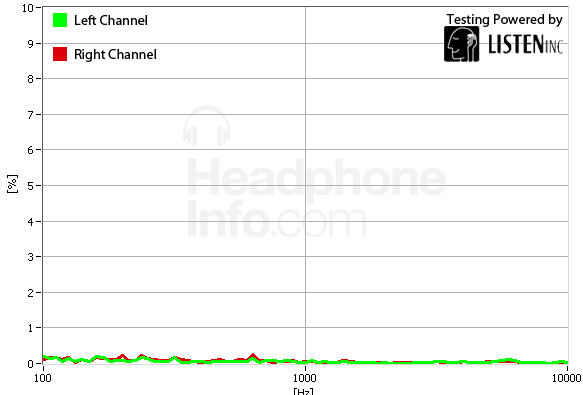
Click here for more information on our frequency response test.
Tracking
{{section_header}}{{section.name}}{{/section_header}}
The DT 770s didn't do that well on our tracking test. They started out slightly louder in the right channel, then the volume emphasis slowly shifted to the left channel. After this, the headphones are balanced for a stretch, but run into some issues just after the 2kHz mark. The volume shifts slightly to the right channel, then jumps to the left in a 9dB shift. This is loud enough to notice. After this point the tracking remains a bit erratic, but the shifts aren't particularly noticeable.
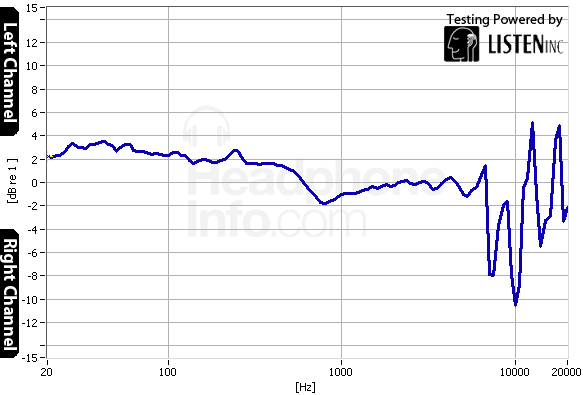
Click here for more information on our frequency response test.
Isolation
{{section_header}}{{section.name}}{{/section_header}}
The DT 770s had average isolation levels for a pair of closed-back over-ears. Like other headphones that lack active noise cancellation, the DT 770s can more successfully block out higher frequencies, while the bassier frequencies will make it through unscathed.
The DT 770s will be better for a morning commute, but if you want decent isolation you should look for a set of in-ears or active noise cancellers.
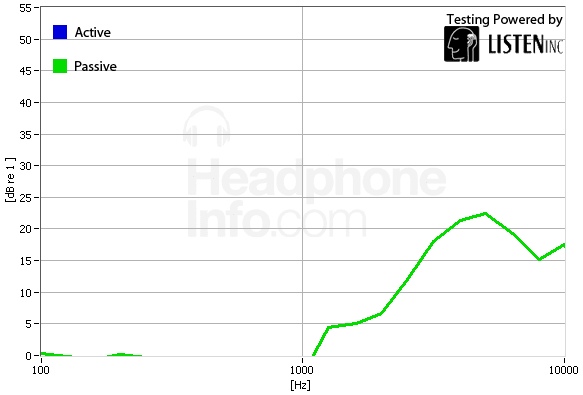
Click here for more information on our isolation test.
Leakage
{{section_header}}{{section.name}}{{/section_header}}
The DT 770s leaked a bit more than we would've expected. You shouldn't depend on them to totally isolate others from your music. If you're in the library and listening to your music quietly, those around you might hear a bit of a whisper. If you play it loudly, your music will likely be audible.
Click here for more information on our leakage test.
Maximum Usable Volume
{{section_header}}{{section.name}}{{/section_header}}
The DT 770s were capable of outputting about 96.07 decibels. This isn't particularly loud, but should be loud enough for most users. We award max points (10.00) for 120dB output; any louder than that and you'll hurt your ears. You should note that the DT 770s are capable of decibel output exceeding 96.07dB, but the playback will have over 3% distortion.
Click here for more on our maximum usable volume test
Short-Term Use
{{section_header}}{{section.name}}{{/section_header}}
On a short term basis, the DT 770s are pretty comfortable. The padding is crazy soft, like a plush stuffed animal. The band has some padding as well. We didn't have any complaints.


Extended Use
{{section_header}}{{section.name}}{{/section_header}}
Unfortunately, after a few hours the DT 770s weren't that comfortable. The band started hurting the top of our head after three or so hours and we had to reposition it. If you're considering picking up the DT 770s, make sure you wear them for a few hours before you decide to keep them, to ensure you don't have any fit issues.

Customizability
{{section_header}}{{section.name}}{{/section_header}}
The DT 770s don't really have a lot of areas that allow the user to customize fit. The cups can pull away from the band a bit, but not by a lot. The cups don't swivel much, however. Typically over-ears don't have a lot of customization options.
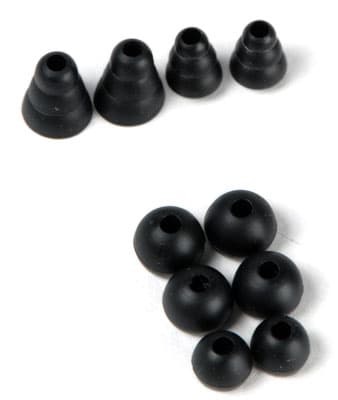
Cable Connectivity
{{section_header}}{{section.name}}{{/section_header}}
The DT 770s' cord is 10 feet, 3.375 inches long. This is a good length for a set of at-home cans. You should be able to relax on your easy chair and connect to the system across the room just fine. The DT 770s also come with a 1/4-inch adapter.
Portability
{{section_header}}{{section.name}}{{/section_header}}
The DT 770s aren't very portable. If you're looking for a set of travel headphones, there are far more feasible options out there. The cord is really long; having eight or so feet of cord balled up in your pocket is cumbersome. Further, the headphones themselves, as full-sized over-ears, aren't particularly easy to cart around.
If you're going for portability, in-ears are the obvious choice, but short of that, look for a set of headphones with a more manageable cord length.
Maintenance
{{section_header}}{{section.name}}{{/section_header}}
The DT 770s aren't that easy to maintain. The cord isn't detachable like on the Sennheiser HD 650s, and you can't get much further than removing the pads in terms of disassembly. You can remove the pads, however, so if they get overly smooshed or torn, you can purchase replacements.
Other Features
{{section_header}}{{section.name}}{{/section_header}}
Battery
Thankfully for everyone involved, the DT 770s don't require a battery in order to operate as normal. We award points for this because batteries are annoying.
Design
{{section_header}}{{section.name}}{{/section_header}}
There really isn't a lot of difference between these two headphones, which is to be expected since they're in the same series. The one major design difference is the closed-back vs. open-backed design.
Frequency Response
{{section_header}}{{section.name}}{{/section_header}}
The DT 770s had a slightly worse frequency response than the DT 990s. The two are very similar, but the DT 770s have a much sharper drop than the DT 990s.
Distortion
{{section_header}}{{section.name}}{{/section_header}}
Neither set of headphones have a significant amount of distortion.
Tracking
{{section_header}}{{section.name}}{{/section_header}}
The DT 990s have a much more even tracking result.
Isolation
{{section_header}}{{section.name}}{{/section_header}}
The DT 770s, with their closed-back design, have better isolation than the DT 990s.
Comfort
{{section_header}}{{section.name}}{{/section_header}}
Both headphones are almost the same in terms of comfort: both are comfortable initially, but get uncomfortable after a few hours.
Verdict
{{section_header}}{{section.name}}{{/section_header}}
There really isn't that much difference between the DT 770s and DT 990s. The DT 990s have better sound quality overall, but the DT 770s isolate better. For more users, the DT 770s will be the better value.
Design
{{section_header}}{{section.name}}{{/section_header}}
The DT 770s have closed backs while the HD 650s are open. This is the main difference between the two. Otherwise, both are pretty plain looking and are put together well. Because of the grating on the back of the HD 650s, they end up with a more unique look than the DT 770s, which may or may not be a good thing.
Frequency Response
{{section_header}}{{section.name}}{{/section_header}}
The DT 770s' dip at the 4kHz mark is a slightly more noticeable foible, compared to the HD 650s gradual descent.
Distortion
{{section_header}}{{section.name}}{{/section_header}}
Neither set of headphones had a significant level of distortion.
Tracking
{{section_header}}{{section.name}}{{/section_header}}
The HD 650s had stellar tracking, while the DT 770s were far more erratic.
Isolation
{{section_header}}{{section.name}}{{/section_header}}
The HD 650s, with their open-back design, were poor isolators. The DT 770s did a much better job.
Comfort
{{section_header}}{{section.name}}{{/section_header}}
Although the HD 650s' padding wasn't as soft as the DT 770s', they also didn't get as uncomfortable over time. For short wear sessions, the DT 770s are the better bet, while the HD 650s are much more comfortable after a few hours.
Verdict
{{section_header}}{{section.name}}{{/section_header}}
The DT 770s actually performed better on our tests than the HD 650s. They were also less expensive. The HD 650s had some subjective qualities than the DT 770s didn't, however, such as slightly better articulation and a larger soundstage. For the majority of buyers, the DT 770s will be the better choice. For higher-end users, we'd recommend giving them a test run before you make your final decision.
Design
{{section_header}}{{section.name}}{{/section_header}}
The DT 770s strike us as the more casual set of higher-end headphones. The ATH-ESW9s are definitely more formal, with their wooden ear cups and sheepskin-covered padding. You can customize the DT 770s' appearance for a price, using Beyerdynamic's MANUFAKTUR service, while the ATH-ESW9s have the one, classy look to them. In terms of durability, the two headphones are about the same. The DT 770s will be slightly less portable than the ATH-ESW9s, due to the latter's smaller form factor.
Frequency Response
{{section_header}}{{section.name}}{{/section_header}}
The ATH-ESW9s were slightly more erratic than the DT 770s. They drop below our lower limit in the same spot as the DT 770, but stay outside the limits for a longer period of time. Since the biggest chunk of this divot occurs towards 7kHz, it might make drums sound a bit weak.
Distortion
{{section_header}}{{section.name}}{{/section_header}}
Again, neither of the fancy headphones had distortion issues.
Tracking
{{section_header}}{{section.name}}{{/section_header}}
The ATH-ESW9s did slightly better on this test, with much more even tracking towards the bass end and a less significant shift towards the high end.
Isolation
{{section_header}}{{section.name}}{{/section_header}}
The DT 770 was better at isolating, blocking out a lot more sound in the middle frequencies.
Comfort
{{section_header}}{{section.name}}{{/section_header}}
We had fit issues with both of these. We thought the ATH-ESW9s were too tight from the get-go, and stayed slightly uncomfortable for the entire six hour span we were wearing them. The DT 770s started out much more comfortable, but then the band started to bruise our skulls. Our recommendation, as always, is to try on both for a few hours. Based on our own experience, however, the DT 770s are more comfortable for a short duration, at which point both are equally uncomfortable.
Verdict
{{section_header}}{{section.name}}{{/section_header}}
There weren't any major differences between these headphones in terms of audio quality and wear experience. Whether or not you'll prefer either set of these headphones will likely come down to your own opinions on their sound, form factor, and aesthetics. The ATH-ESW9 are more portable, but they barely block out any external noise, which means they're not the most travel friendly. The DT 770s aren't portable at all, but do have better isolating capabilities.
For most people, the DT 770s cheaper price tag and slightly better performance will make it the optimal choice.
Design
{{section_header}}{{section.name}}{{/section_header}}
The Denon AH-NC732s look plain, but nice. We think they'd make a solid set of headphones for office use because they're understated. The DT 770s' customization options allow users a greater control over aesthetics, albeit at a price. Both sets of headphones are put together well.
Frequency Response
{{section_header}}{{section.name}}{{/section_header}}
The DT 770s have a smoother overall frequency response.
Distortion
{{section_header}}{{section.name}}{{/section_header}}
The AH-NC732 has crazy low levels of distortion, although most people won't be able to hear the difference between them and the DT 770s. Both sets of headphones did well on this test.
Tracking
{{section_header}}{{section.name}}{{/section_header}}
The DT 770s had a slightly better tracking result. The differences were pretty minor.
Isolation
{{section_header}}{{section.name}}{{/section_header}}
The AH-NC732s, with the help of their magical active noise cancellation feature, were able to offer much better isolation than the DT 770s.
Comfort
{{section_header}}{{section.name}}{{/section_header}}
We thought the AH-NC732s were much more comfortable overall. We didn't have any comfort issues over a long listening session, whereas the DT 770s grew increasingly uncomfortable with time.
Verdict
{{section_header}}{{section.name}}{{/section_header}}
The AH-NC732s cost a bit more and don't have the wide range of customization options that the DT 770s do. The DT 770s did better than the AH-NC732s on our frequency response and tracking tests. The AH-NC732s had much better isolation, but you'll need batteries to power their active cancellation feature.
This match-up will come down to portability for most prospective buyers. If you're looking for portable headphones that can offer distortion-free playback when the active cancellation feature is switched off, then the AH-NC732s meet your needs eerily well. If you're more interested in a set of cans for use in your home, the DT 770s make more sense.
Conclusion
{{section_header}}{{section.name}}{{/section_header}}
DT 770The Beyerdynamic DT 770s are a good set of headphones. They really aren't a lot different from the other headphones in the series, offering better than average audio quality and Beyerdynamic's MANUFAKTUR customization service. While MANUFAKTUR can be very expensive, it's an interesting service we wish more headphone manufacturers would embrace.
The only complaint we had about the DT 770s was the same complaint we've had with all the Beyerdynamic headphones so far: they tend to get really uncomfortable over the course of a few hours. These are headphones you should definitely test out before you decide to keep.
The DT 770s had some solid results and their price isn't too bad for what they offer.
Meet the tester
Mark Brezinski works on the Home Team, reviewing refrigerators, minifridges, dishwashers, washing machines, dryers, air conditioners, air purifiers, and fans.
Checking our work.
Our team is here to help you buy the best stuff and love what you own. Our writers, editors, and experts obsess over the products we cover to make sure you're confident and satisfied. Have a different opinion about something we recommend? Email us and we'll compare notes.
Shoot us an email